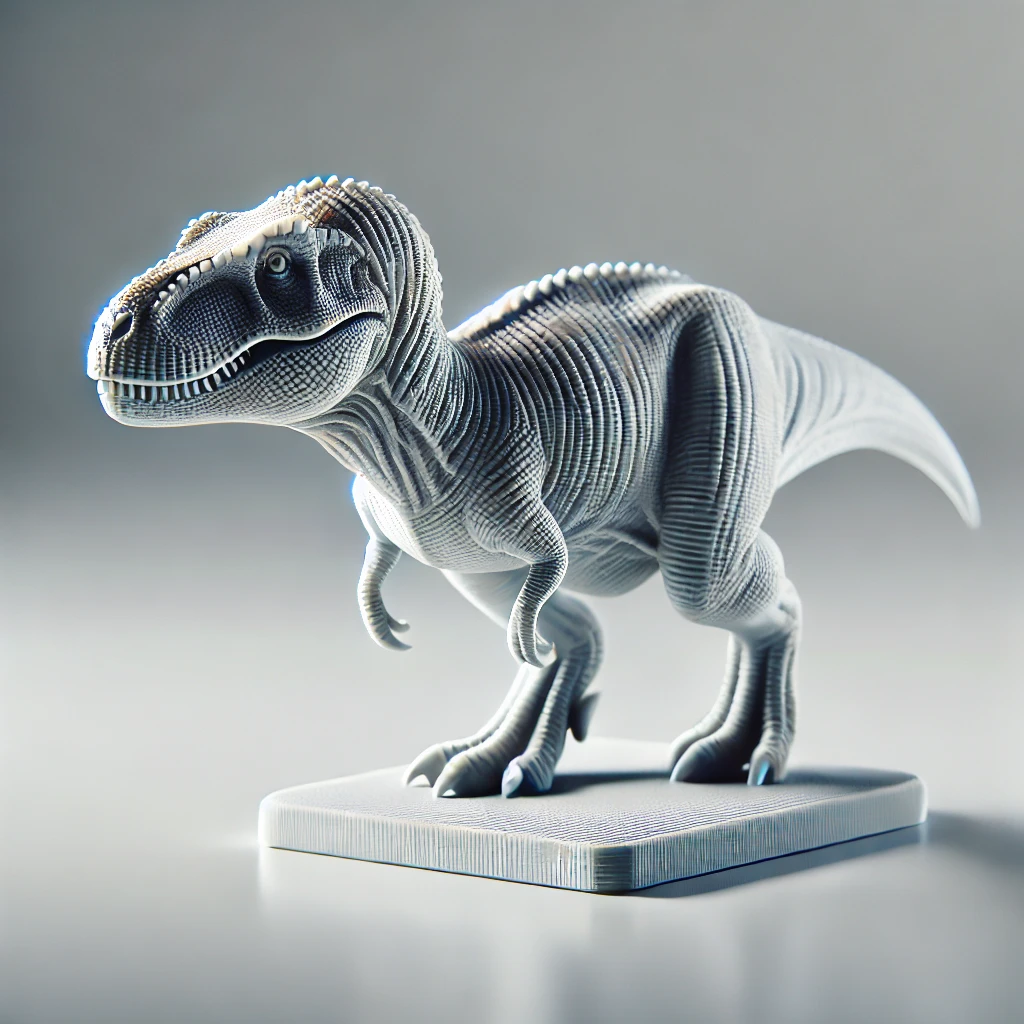3D printing is an invaluable tool in prototyping, as it allows for the quick and cost-effective testing and refinement of designs. Unlike traditional manufacturing methods, which require significant time and expense for creating molds and tooling, 3D printing produces prototypes directly from digital models. This provides a significant advantage in the iterative product development process, enabling designers to quickly test ideas, evaluate component fit, functionality, and ergonomics.
During iterative development, printing successive versions of a prototype helps identify and correct issues early, resulting in improved final product quality. 3D printing is particularly beneficial for creating prototypes with complex or intricate geometries, as the technology allows for the economical production of such forms. Additionally, prototypes can be made from various materials, enabling testing of mechanical properties under real-world conditions.
Rapid prototyping with 3D printing not only saves time and costs but also ensures thorough testing and refinement before the product reaches the market.


